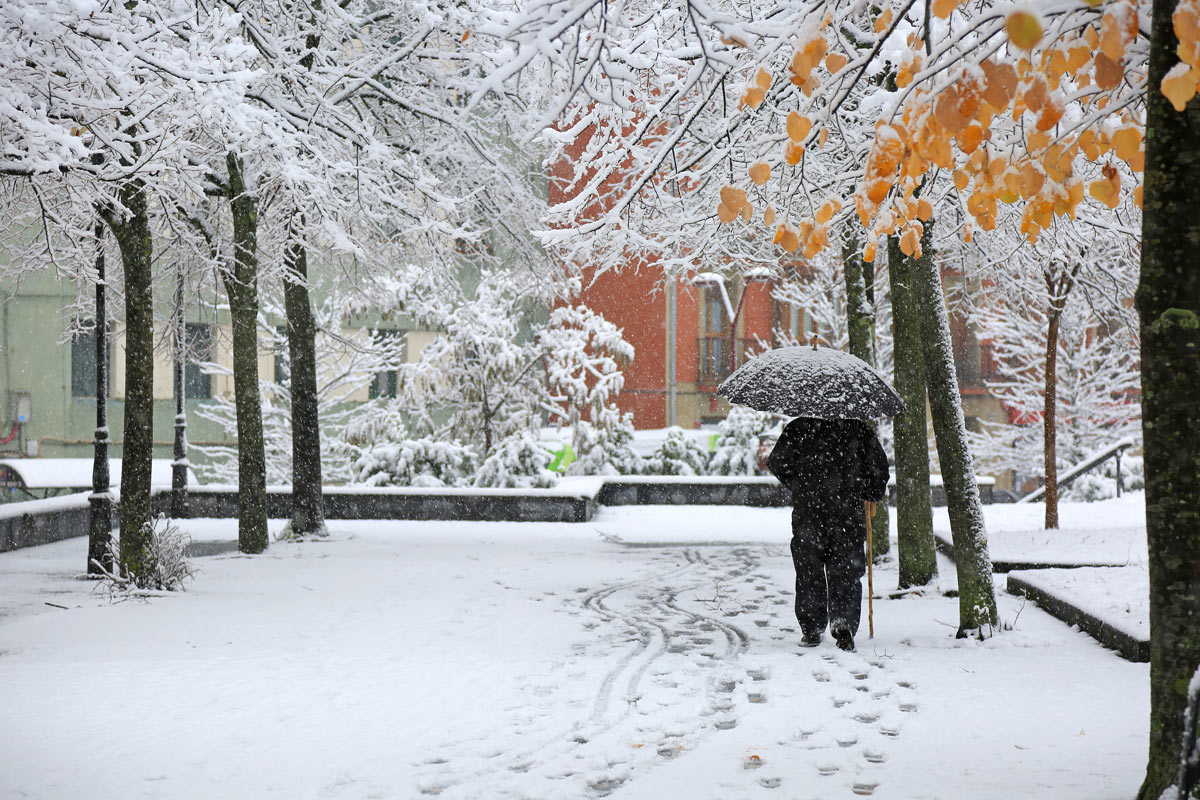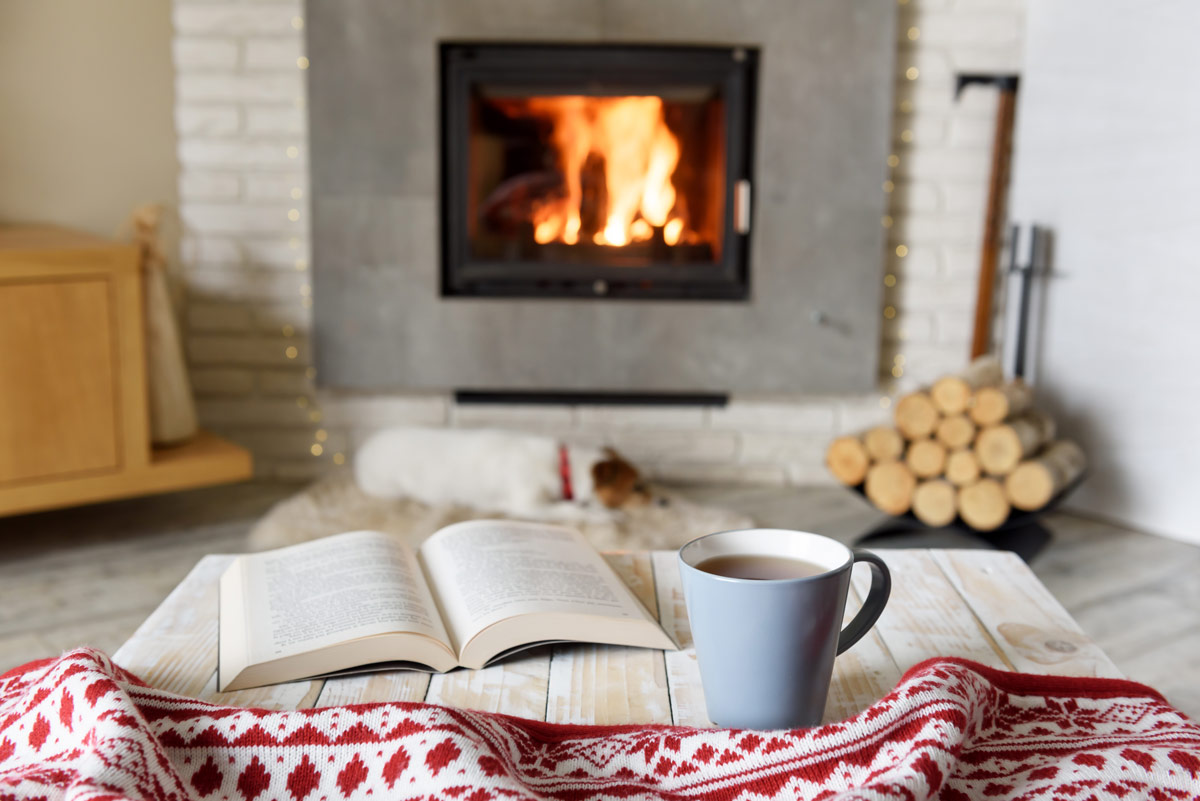Most of us dread the coming of winter. There are good reasons for this. Winter is hard. But this year winter brings even more challenges as it comes in the midst of a pandemic. But there are ways to embrace winter and thrive. It is a matter of intention and choice.
Winter is cold. The weather challenges our bodies, especially older bodies like mine. The cold penetrates our bones no matter how many layers we put on. Each time we venture out from home is a challenge. Sidewalks and driveways may be icy and treacherous. We are terrified of falling. And even back inside, we can’t get rid of the penetrating chill.
In winter, it is harder to get out to see people. And this winter, with Covid-19 still raging, we are both fearful and impatient. Even with the arrival of the vaccine, most of us know we will be living away from friends and family for months. How frustrating and sad to look ahead to more social distancing and more time without the comfort of friends and family in our homes.
Winter means darkness. The days are short and the sun sets in the mid-afternoon. The lack of light affects our moods. Some of us feel a bit blue while others are so depressed we don’t function well. Some of us have a bona fide diagnosis of SAD or seasonal affective disorder. Some of us want to stay in bed all morning and pull the covers over our heads.

But there is good news—there are choices to make and ways to cope with the cold, the isolation, and the dark. Will we go through the winter months like a victim, feeling helpless? Will we hunker down and passively wait for spring to come. Or will we live an intentional life and bloom? Will we be like Camus who said, “In the midst of winter, I found there was, within me, an invincible summer.” We have resources to help us—there is wisdom handed down from the past as well as new research from science about the human brain. We all have choices.
First, to cope with the cold of winter, I suggest you bring hygge into your home. Hygge is a Danish word with no exact translation, but both coziness and comfort get close. Hygge is pronounced WhoGa, by the way. Danes explain that hygge is about gathering around the hearth and fire. I suggest putting on your slippers and pajamas, drinking hot chocolate, sipping soups, baking bread, and devouring macaroni and cheese. Or, whatever your mother made for you when you were a child. For me, it is tomato soup, grilled cheese sandwiches, and baked custards. It is about simple pleasures, being with family and friends. It is not about having things but being comfortable. It might mean splurging on an electric fireplace. We feel good when we take the time to take care of ourselves like this.
Second, how to cope with the fact that we are still social distancing and are probably feeling lonely at times. Let me riff a bit about loneliness. Loneliness is a subjective state where we yearn for more meaningful social contact than we are having. It is when we do not see the people we care about as often as we would like. We can be alone and not feel lonely and we can be in a group and feel lonely. We now know that loneliness is bad for our health and our immune systems. It is worse than smoking 15 cigarettes a day. Among people with heart failure, those who are also lonely have a risk of dying that is four times greater than people who are not lonely.

The best coping strategy to minimize the frustration of social distancing and loneliness is acknowledging that our relationships are what matter most to us and are a key factor impacting our well-being. So, we need to become pro-active and develop a plan for increased connections. Figure out of all your friends and family who are the people you really miss, the ones who when you talk to them raise your spirits. Set up a regular time to talk to them on the phone or Zoom in if you can’t get to see them in person. Having a set routine is a life-changer. It feels wonderful not to be uncertain about when you will talk next to a good friend of a family member. For example, one woman I know talks every Thursday with her three children and then has another time each week when she talks with each of them one on one. Of course, we also need casual, fleeting connections with neighbors and acquaintances. Just a smile from a passerby can change your mood.
Last, how to cope effectively with darkness. A few mammals like bats and woodchucks are true hibernators, sleeping their way through the winter. But many mammals like bears, groundhogs, and hedgehogs do sleep through much of the winter and rarely eat or drink. We, homo sapiens, too, tend to sleep longer hours in winter. But many of us end up eating more in winter in contrast to other mammals. Not a good strategy. However, I do suggest that we allow ourselves to be less active and rest more. And I feel is it not a good idea to put pressure on ourselves to tackle all the things we have avoided like cleaning the attic, the garage, the closets, and organizing photographs. Instead, find out what you really want to do and do it. Listen to music, read all of a favorite author, learn Italian, draw. The key is you want to do it.

With fewer obligations and activities, we also have the incredible opportunity to take some time to explore our inner world. We can take some time to get to know parts of ourselves that have long been ignored and underdeveloped. I suggest starting a winter journal where each morning you jot down your thoughts—just writing whatever comes to mind. Julia Cameron’s book The Artist’s Way will help you structure this journaling process if you seek a roadmap. Another wonderful option is to explore your dreams. Modern Dreamwork by Linda Schiller is a wise guide that I highly recommend. I have followed my dreams for fifty years looking at them from a Jungian perspective and treasure what I have learned. When we use winter to explore unknown parts of ourselves, we truly move towards well-being and wholeness.
May you all find that invincible summer within you this winter.


